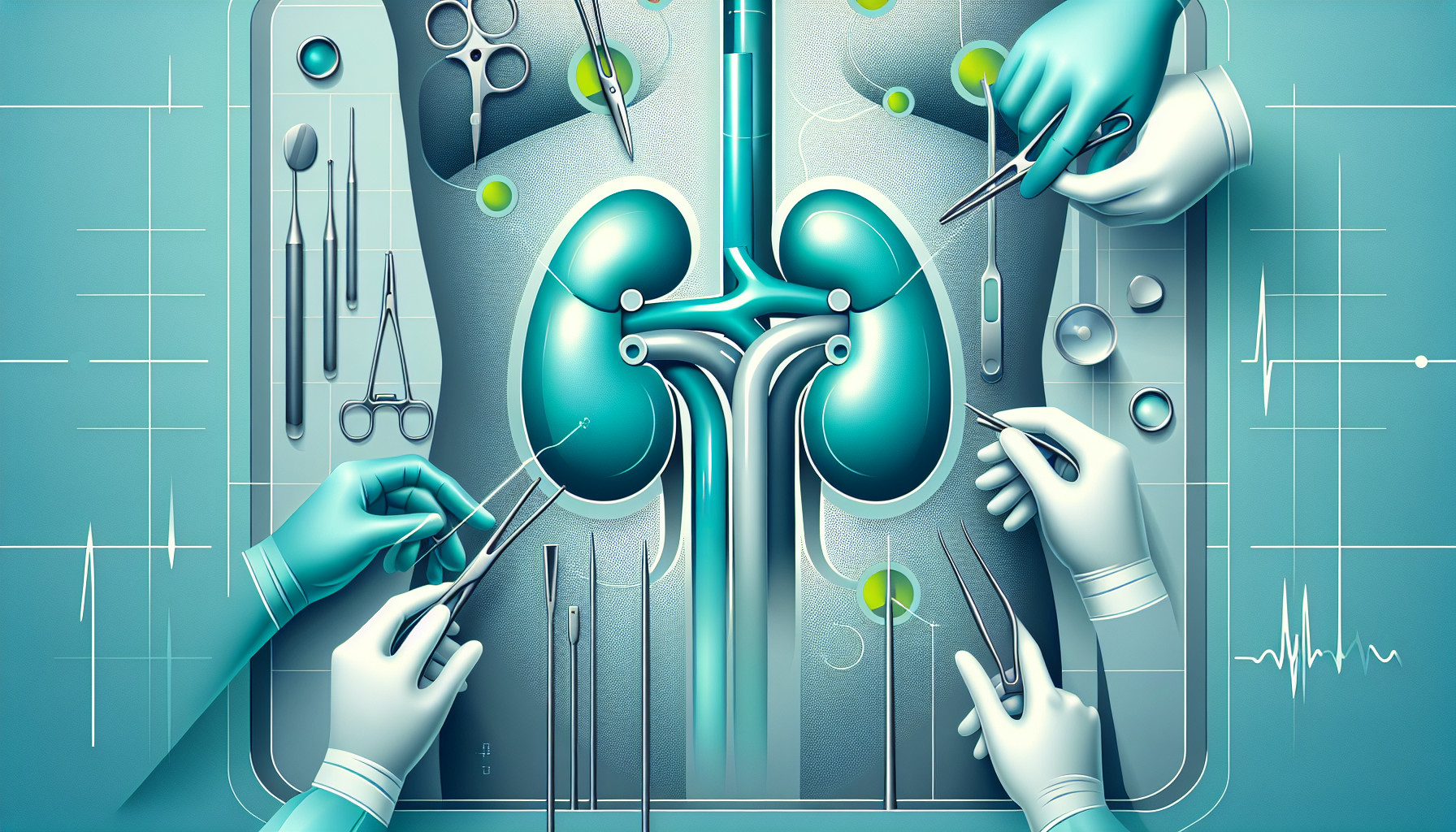Our Summary
This study looked at the current practices of kidney transplants in Arab countries, specifically focusing on transplants for children versus adults. The researchers found that over a single year, there were 3309 kidney transplants performed in these countries. Of these, 298 were for children. When broken down per million people, the rate of kidney transplants for children in Arab countries was 0.87, which is much lower than the rate in developed countries (5 to 10 per million people).
The study also found that 93.5% of all kidney transplants in Arab countries used kidneys from living donors because there is a serious lack of kidneys available from deceased donors. Only three countries, Saudi Arabia, Tunisia, and Kuwait, have established programs for using kidneys from deceased donors. Even in these countries, the number of transplants from deceased donors was low, ranging from 14% to 31% of all transplants.
The researchers concluded that more needs to be done to increase the number of kidney transplants for children in Arab countries, particularly in terms of developing programs for using kidneys from deceased donors. They also noted that the rate of kidney transplants for children was not higher in countries that had a higher overall rate of kidney transplants or in countries where deceased donor transplants were available.
FAQs
- What is the rate of kidney transplants for children in Arab countries compared to developed countries?
- What percentage of kidney transplants in Arab countries use kidneys from living donors?
- Which countries in the Arab region have established programs for using kidneys from deceased donors and what is the prevalence of such transplants?
Doctor’s Tip
A doctor might tell a patient about kidney transplant:
It is important to consider all options for kidney transplantation, including using kidneys from living donors or deceased donors. In some countries, like in Arab countries, there may be a shortage of kidneys available from deceased donors. It is important to discuss with your healthcare team about the best options for you and to explore all possibilities for a successful kidney transplant. Additionally, it is crucial to follow post-transplant care instructions carefully to ensure the best outcome and to maintain the health of your new kidney.
Suitable For
Patients who are typically recommended for kidney transplant include those with end-stage renal disease, chronic kidney disease, or kidney failure who have exhausted all other treatment options such as dialysis. In Arab countries, where there is a shortage of deceased donor kidneys, living donor kidney transplants are more common. Children who require kidney transplants may also be recommended for the procedure, although the rate of kidney transplants for children in Arab countries is lower compared to developed countries. Increasing the availability of kidneys from deceased donors and developing programs for deceased donor transplants are essential steps to improve access to kidney transplants for both children and adults in Arab countries.
Timeline
- Before kidney transplant:
- Patient is diagnosed with end-stage renal disease and is evaluated for transplant suitability.
- Patient undergoes extensive testing and evaluation to determine eligibility for transplant.
- Patient is placed on a waiting list for a deceased donor kidney, if applicable.
- Patient may undergo dialysis as a bridge treatment while waiting for a transplant.
- Patient may have a living donor evaluation if a suitable living donor is identified.
- Patient and donor undergo surgery for kidney transplant.
- After kidney transplant:
- Patient is closely monitored in the hospital for complications and recovery.
- Patient may experience complications such as rejection, infection, or side effects of immunosuppressive medications.
- Patient undergoes regular follow-up appointments to monitor kidney function and overall health.
- Patient must adhere to a strict medication regimen to prevent rejection of the transplanted kidney.
- Patient may need to make lifestyle changes to support kidney health, such as maintaining a healthy diet and staying physically active.
- Patient’s quality of life improves as kidney function improves and dialysis is no longer needed.
What to Ask Your Doctor
- What is the success rate of kidney transplants in Arab countries compared to developed countries?
- Are there any specific considerations or challenges for children receiving kidney transplants in Arab countries?
- How does the availability of deceased donor kidneys impact the waiting time for a kidney transplant in Arab countries?
- What are the risks and benefits of receiving a kidney from a living donor versus a deceased donor in Arab countries?
- Are there any specific post-transplant care guidelines or resources available for kidney transplant recipients in Arab countries?
- How does the cost of kidney transplant surgery and follow-up care compare in Arab countries to other regions?
- Are there any specific cultural or religious considerations that may impact the decision to undergo a kidney transplant in Arab countries?
- What are the criteria for eligibility for a kidney transplant in Arab countries, and how are donor organs allocated?
- Are there any ongoing research or initiatives aimed at increasing the number of kidney transplants, particularly for children, in Arab countries?
- How does the healthcare system in Arab countries support patients before, during, and after a kidney transplant surgery?
Reference
Authors: Saeed B. Journal: Exp Clin Transplant. 2022 Mar;20(Suppl 1):77-82. doi: 10.6002/ect.MESOT2021.O35. PMID: 35384812
